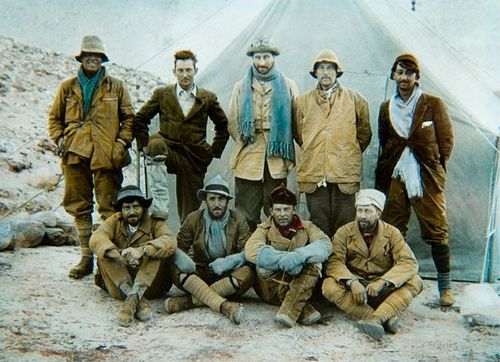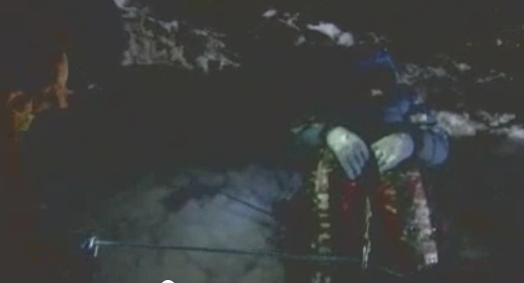
The Story Behind Everest
Last week saw the release of Everest, the Hollywood blockbuster telling the tale of the 1996 disaster in which eight climbers tragically lost their lives – the most deadly day on the mountain up until that point.
Scott Fischer, a highly experienced mountain guide played by Jake Gyllenhaal in the movie, was one of those who lost his life that day. In the movie his friend and fellow guide Anatoli Boukreev tries to rescue Scott and eventually reaches him, only to realise he’s too late. Boukreev’s reaction, covering Scott’s face with his backpack before turning away, might seem odd to some – this was his colleague and climbing partner, surely he could do more?
“Human beings simply aren’t built to function at the cruising altitude of a 747.”
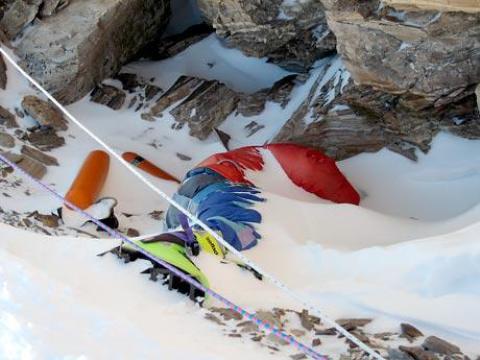

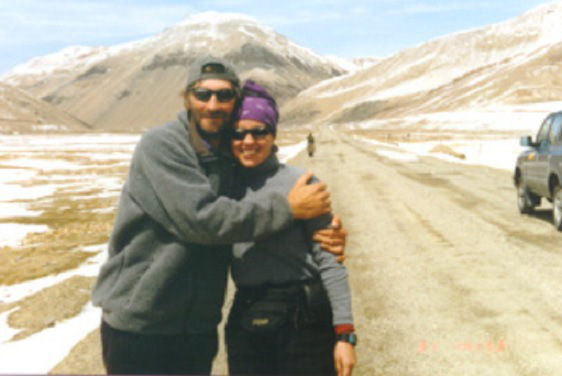
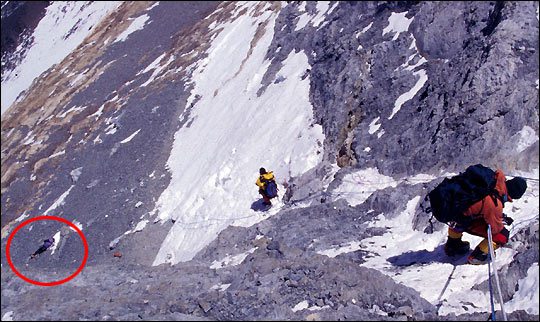
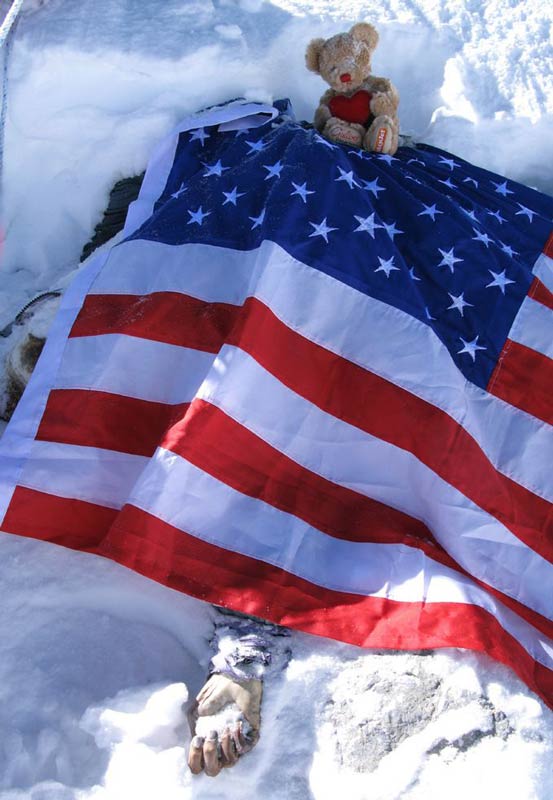
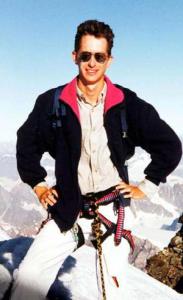 David Sharp in happier times
David Sharp in happier times
